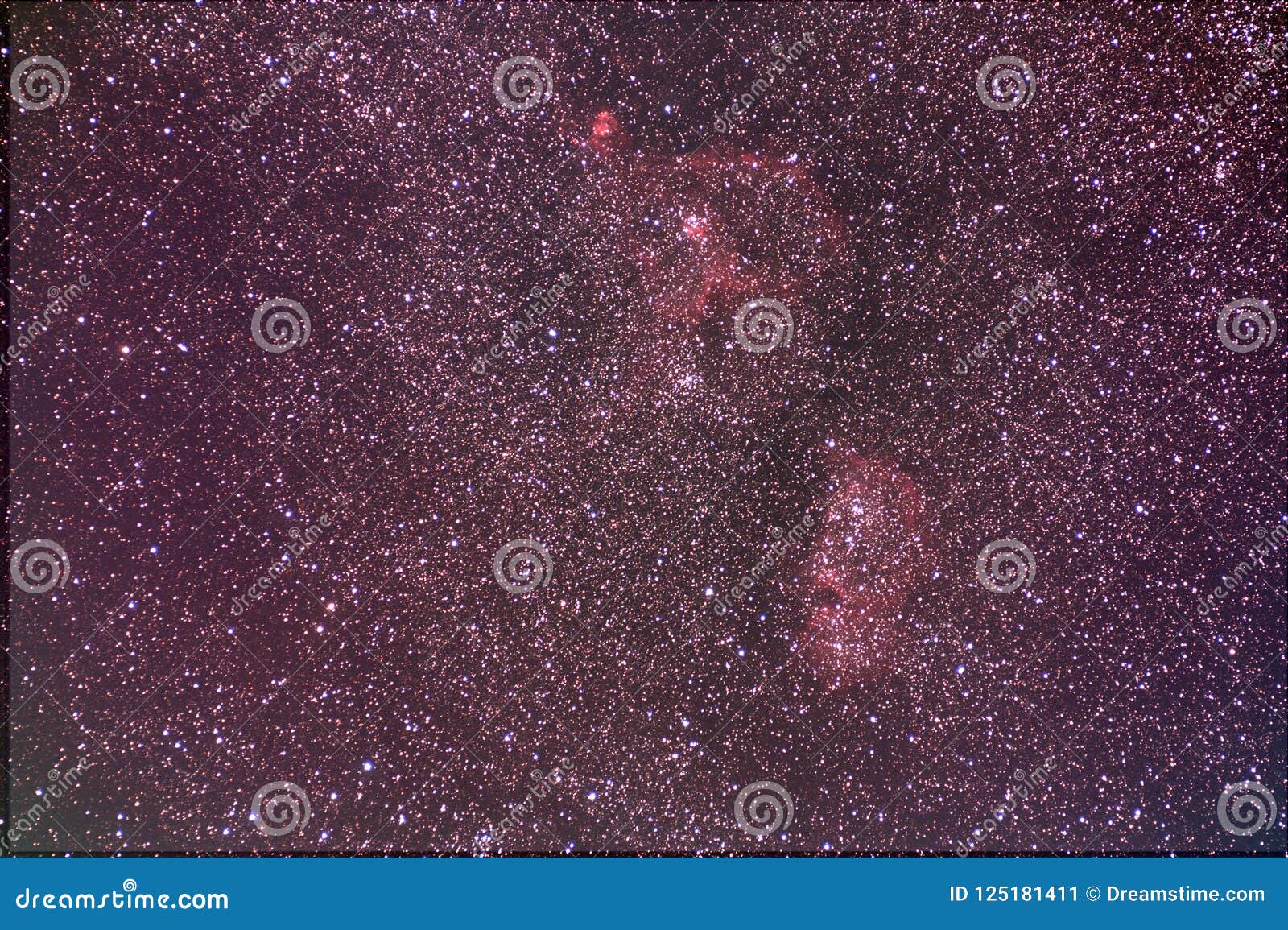
Tonight, let’s zoom in on Herschel's Garnet Star, a ruby red-colored point of light also cataloged as Mu (μ) Cephei. That means it’s typically high and easy to observe from many locations in the Northern Hemisphere. local time from the same location.Ĭepheus the King is a house-shaped pattern of stars that circles Polaris as one of several circumpolar constellations. The Moon’s illumination is given at 12 P.M. *Times for sunrise, sunset, moonrise, and moonset are given in local time from 40° N 90° W. They’re much closer - 2,500 light-years - and span only 3' on the sky. The cluster stretches nearly 7' across and sits some 55,000 light-years from Earth - but is currently moving in our direction at a speedy 160 miles (255 kilometers) per second.Ībout 1.5° east of M72 is the loose grouping of four 10th- to 12th-magnitude stars cataloged as M73. You’ll need binoculars or a telescope to spot it, as it falls well below the magnitude your naked eyes can see. It’s currently sitting between bright Jupiter (to its southeast) and Alpha (α) Capricorni to its southwest.Īt magnitude 9.2, M72 is the faintest globular cluster - an old grouping of stars - in Messier’s catalog. Look south after dark tonight to find it about 3.4° south-southeast of magnitude 3.8 Epsilon (ϵ) Aquarii.

One such object is the globular cluster M72 in Aquarius the Water-bearer.


Thus, most of the entries in his list are small and appear fuzzy at low power. In the late 1700s, Charles Messier created his famous catalog to identify objects that he didn’t want to mistake for comets.


 0 kommentar(er)
0 kommentar(er)
